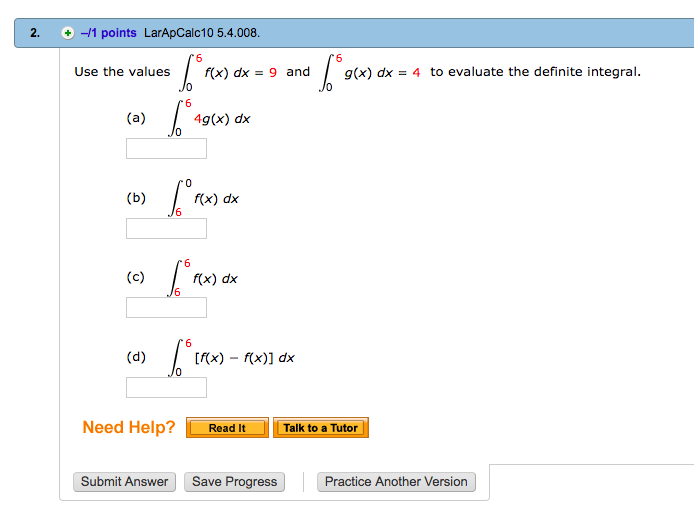

Also, it has been suggested to use deep learning for the motion correction as an alternative method, since it does not require any additional scan time, motion-tracking systems, or alteration of sequence. Recently, deep learning has shown remarkable acceptability in MR image processing ( 28). Overall, these conventional methods incur additional cost, such as from prolonged scan time ( 30, 31) and modification of sequences. However, the computational limits are evident because of the complex and unpredictable patient motions in this case ( 28, 29). In addition, these retrospective methods could be executed with algorithms estimating motion without acquiring motion information. Using trajectory information, these prospective methods compensate for or reacquire the k-space partially during data acquisition ( 3, 12, 15, 16, 17, 18, 19, 20, 21, 22, 23), although retrospective methods, which process the data after the MR acquisition ( 4, 24, 25, 26, 27), could also be considered for the motion correction. In terms of MR systems, MR navigators ( 9, 10, 11, 12, 13), which are additional pulses to track motion or motion-tracking systems, such as an in-bore camera and markers ( 14, 15, 16, 17, 18), are generally used to measure the patient's motion. This method can reduce scan times with fewer phase encodings during MR scanning, but it is still affected by artifacts from patients who cannot control their behavior. However, since this method asks the patient to actively control motions, there was also an effort to use the parallel imaging technique in order to reduce the burden on the patient ( 7, 8). The basic straightforward method is to make restrain patients' motions by means of sedation or breath-holding ( 5, 6).

To address motion-related problems, there have been many methods to prevent motion or to correct artifacts. Thus, the subject motion is an important factor that has been continuously considered in MR imaging. Most importantly, in clinical settings, these motion artifacts may affect the diagnosis for patients who cannot control their movements. Additionally, technological developments in MR hardware have improved spatial resolution and signal-to-noise ratio (SNR), but can be more susceptible to motion artifacts because of extended scan times ( 1, 3, 4). The subject's motion creates incorrect allocation values of the k-space signal from MRI machines and results in blurring or ghosting artifacts ( 1, 2), which can be typically observed in the reconstructed images. However, MRI is sensitive to movement of the subject because of the long acquisition time, which causes motion artifacts ( 1). Detection of such effects require real time dosimetry which does not interfere with the MRI based gating.Magnetic resonance imaging (MRI) is a non-invasive soft-tissue mapping technique, which is widely used to diagnose various diseases without radiation exposure. The time-resolved dosimetry system revealed systematic dose rate transients during gated treatments that lasted about 1 s in every gating sequence where the beam turned on and off.

We demonstrate that the detector system is able to provide real-time dose-per-pulse measurements without causing distortions in the MR images. The piston performed a sinusoidal movement to simulate a breathing cycle of either 4 or 8 s. The detector was placed in a plastic tube filled with water and inserted into the piston of a dynamic MRI compatible phantom to be treated on a ViewRay MRIdian 0.35 T MR-Linac. The system is based on a plastic BCF-60 scintillation detector (PSD) coupled to an optical PMMA fiber cable. We have developed a dosimetry system that can provide time-resolved, dose-per-pulse, dosimetry without distorting the MR images in order to characterize this technology. Some MR-Linacs are able to perform gated treatments based on continuously acquired 2D MR images taken during dose delivery, which has the potential to reduce margins required for tumor coverage.

One of the newest developments within radiotherapy is the integration of Magnetic Resonance (MR) scanners and Megavoltage X-rays from linear accelerators into the new MR-Linacs.


 0 kommentar(er)
0 kommentar(er)
